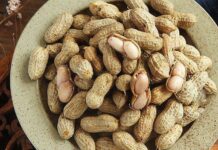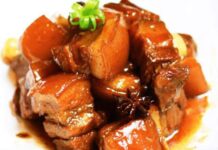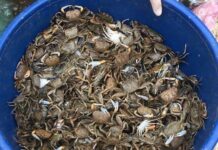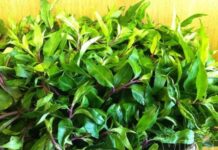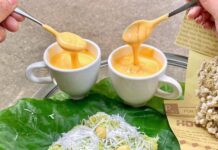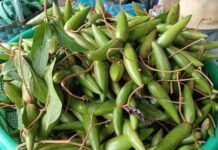## The Japanese Secret to Longevity, Radiant Skin, and a Sharp Mind Starts with… Diet
The Japanese are renowned worldwide for their longevity, naturally glowing skin, and mental acuity well into old age. Numerous studies have attributed these qualities to their scientifically-backed, nutritious, and wholesome dietary habits. And there’s one particular food that almost every Japanese household consumes on a near-daily basis: Japanese mackerel, or *saba*.
## Saba: Japan’s Beloved “National Fish”
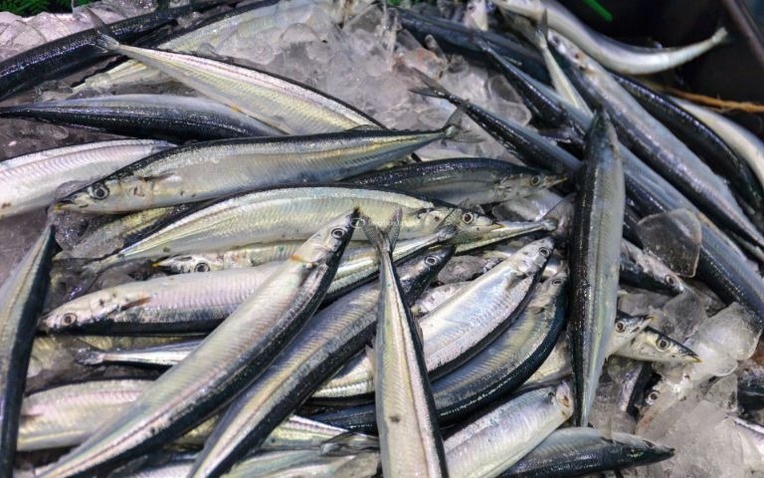
Contrary to popular belief, salmon isn’t the primary choice of protein in Japanese cuisine—it’s actually saba. This versatile fish is a staple in Japanese breakfasts, lunches, and dinners, prepared in a variety of simple ways, such as salt-grilling, pan-frying, soy sauce braising, or miso marinating.
Saba has a soft, moderately fatty texture that’s naturally savory and not the least bit fishy, making it a delight to eat repeatedly without getting tired of it. Beyond its delicious taste, saba is also easy to preserve and store—it can be conveniently frozen in slices to suit the busy lifestyles of the Japanese.
## Superior Nutrition for Comprehensive Health Benefits
What sets saba apart is its exceptionally high content of omega-3 fatty acids, DHA, EPA, vitamin D, and vitamin B12, which are all crucial for cognitive health, cardiovascular function, and overall well-being. By regularly consuming saba, the Japanese are known to boost their memory, prevent aging, and maintain their skin’s elasticity and youthful appearance.
The unsaturated fats in saba also help lower bad cholesterol and stabilize blood pressure, reducing the risk of cardiovascular diseases. This is one of the key reasons behind Japan’s low disease rates and their position as one of the world’s longest-living populations.
## Incorporating Saba into Your Daily Diet – A Simple Yet Effective Habit

One of the most admirable aspects of Japanese dietary culture is their consistency and persistence. While saba may not be considered a luxurious ingredient, it is an essential part of their daily diet, especially for the elderly and children. With its reasonable price, ease of preparation, and versatility in dishes, saba is not just a “nutritional treasure” but also an economical and intelligent choice.
The Japanese secret to a healthy, long, and beautiful life lies in their dietary habits. And saba is a testament to the principle of “you are what you eat.” If you’re seeking a food that’s both nutritious and delicious, and one that you won’t get tired of eating regularly, consider incorporating Japanese mackerel into your daily menu—just as the Japanese have been doing for decades.
The Golden Trinity: Unlocking a Fortune-Filled Future from 2025-2028
In 2025, three lucky ages are predicted to be blessed with fortune, prosperity, and longevity. These individuals will not only experience financial abundance but also enjoy the support of benefactors, leading to a flourishing life and prosperous household. Are you one of these fortunate few? Discover if your age is among the lucky three and unlock the secrets to a blessed life!













